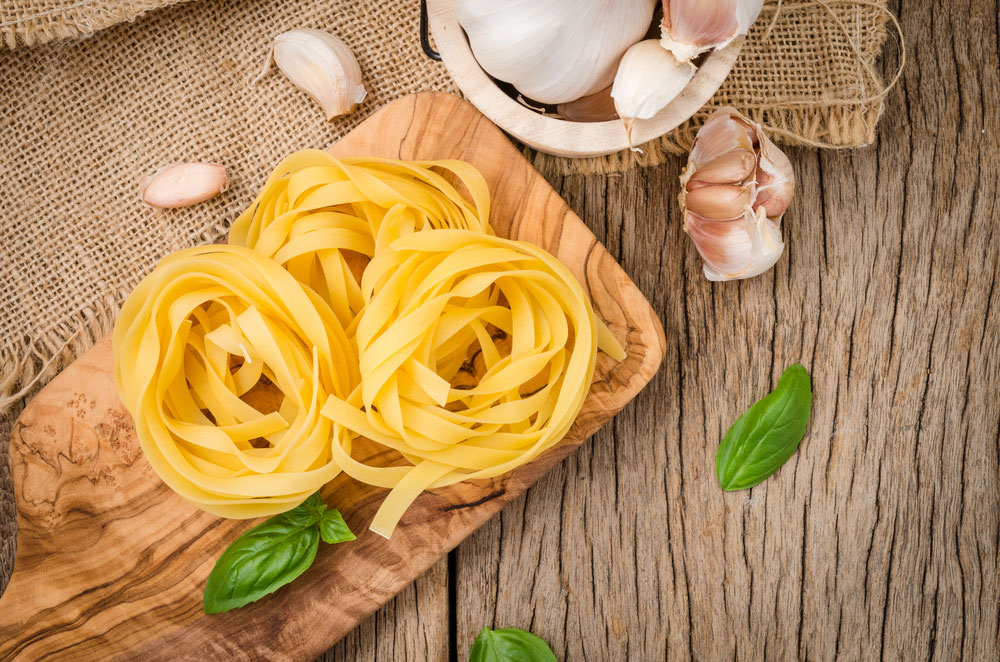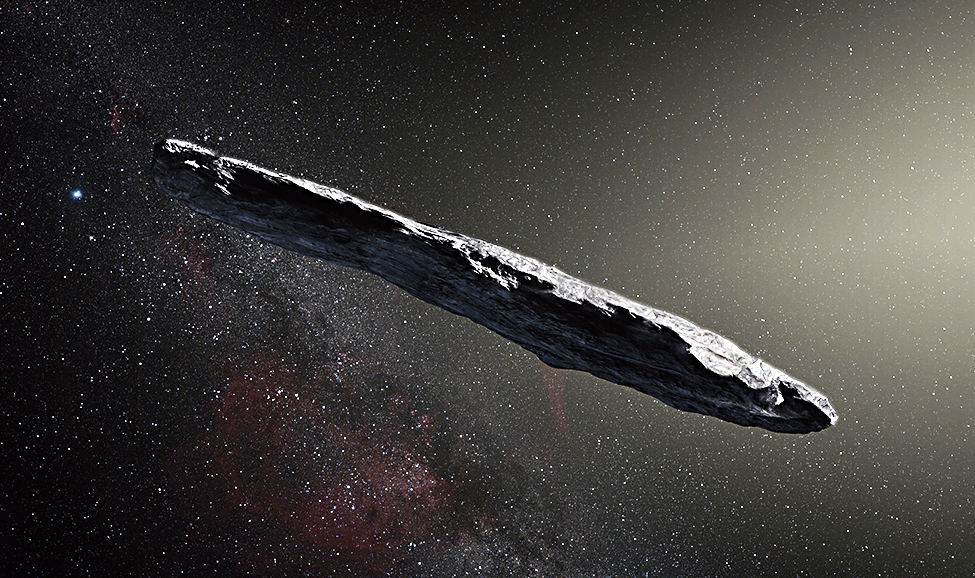A thin line separates fantasy from fear. For instance, the tenor of the representation of everything that lies out of the range of human comprehension — ghosts, for example — is usually spectral. But the human mind is ingenious. It has, over the years, found innovative ways to overcome the fear of the unknown. Consider the artistic representations of extraterrestrial life. They have ranged from the comic to the lovable. Satyajit Ray’s description of ‘Aang’ — the alien from the planet, Cranius, who befriends the diffident Bankubabu — or Steven Spielberg’s ET can be cited as perfect examples of mankind’s ability to neuter primal fears through the projection of a life form that is benign. A cursory examination of the iconography associated with science fiction would reveal that apart from ‘little green men’, alien life has been portrayed as cats, insects as well as the ‘mog’ — a half-man, half-dog species. The range of human imagination can, indeed, be dizzying.
But there is one common element to these portrayals. The key to understand the choices made during the representation of alien friends or foes lies in the philosophy of anthropomorphism — the propensity to attribute human characteristics to other species. Anthropomorphism, however, can be a double-edged sword. While building a bridge between humans and other life forms with the ostensible goal of understanding the latter, it also inadvertently exposes the narcissism that is inherent to cultures across the world. Why else would, in the course of civilization, man imagine and depict other species in his own light only?
Science, however, has now challenged the traditional modes of portraying aliens in a fundamental way. The findings of a study conducted by a group of researchers in a university in the United States of America has revealed that life on the Red planet could well resemble fettuccine — strips of flat, ribbon-like pasta. Italians may be grinning at the news of this discovery but artists and science fiction writers are unlikely to share their joy. How on earth can one anthropomorphize pasta?
The symbol of extraterrestrial life could now begin to resemble the signature Italian dish. But humans are unlikely to frown for long. Given their capacious appetite — five hundred species have become extinct in the last one hundred years on earth — a planet full of pasta is unlikely to pose a formidable challenge. In fact, it could well be their next meal.













